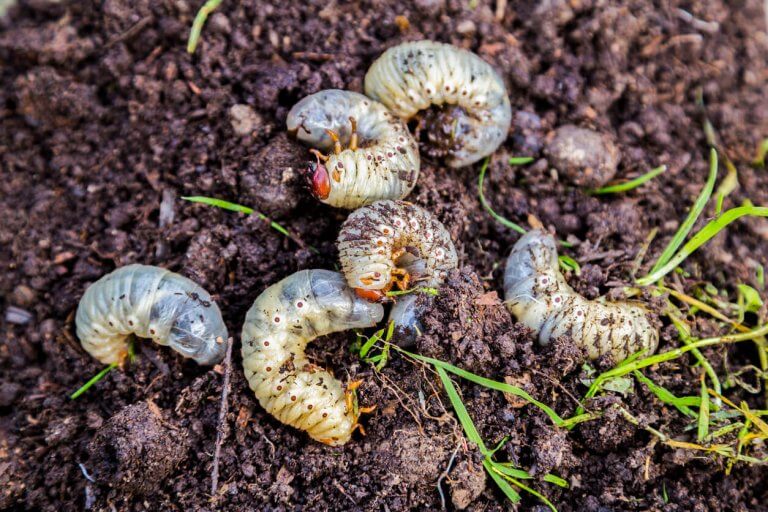

Did you think you are the only one that enjoys your lush green lawn? You thought wrong. A variety of pests, native and non-native to South Florida, relish the idea of making your yard their perfect habitat. While they are getting comfortable on your yard, these pests will feed on grass and surrounding roots. Even with a healthy amount of routine caretaking, lawn pests can still manage to thrive. Here are some pests that are likely to invade your South Florida yard this new year.
Chinch Bug
Warmer climates, like those of South Florida, attract chinch bugs. An infestation can cause major damage to the outdoor area of a property or even completely ruin a lawn. Chinch bugs, who have black bodies and white wings, will lay their eggs near plant roots, on leaves, or in any sheltered or protected spot the female chinch bug can find. A female chinch bug can lay up to 500 eggs, provoking a total infestation.
How can you spot a chinch bug infestation? When these pests are present, they will create yellow or brown patches of grass throughout your yard. To be sure these dry, discolored patches are not just due to dehydration, water these spots. If the grass will not green-up after consistent watering, you may have a chinch bug infestation. Additionally, these pests can be found near the curb or in any shaded areas outside.
White Grub
White grubs are lawn pests in their early larval stage of life. In Florida, they are most commonly considered the larvae of June beetles. According to research by the University of Florida, “These grubs feed on the roots of all turfgrass species and live at or just below the soil-thatch interface. All white grubs rest in a curled C-shape and are about ½ to 2 inches long.”
Often times, a single lawn can be home to hundreds of white grubs that live in the soil. The first signs of a white grub infestation will show yellow discoloration throughout the lawn. Plants may appear to be damaged as well.
Tropical Sob Webworm
The tropical sob webworm seeks to inhabit areas that are just that – tropical. They prefer newly completed turf, like that of landscaped lawns, athletic fields, or golf courses. These pests will stay coiled on the surface of your soil during the day, and then venture out to feed during the night.
To find tropical sob webworms, check blades of grass for gnaw marks, chewing, or general damage. There will be a clear difference in heights of the blades of grass.
Is your lawn infested with chinch bugs, white grubs, tropical sob webworms, or any other pest for that matter? Consider opting for professional pest control treatment. Completely clearing your lawn of pests is not a simple task. A licensed pest control team will be able to implement the proper treatment, allowing for a much better chance of a successful removal.
If you believe your lawn is infested, contact our team of experts at Manning Pest Control. We can analyze the situation quickly and guide you towards a pest-FREE lawn using our effective and efficient lawn fertilization treatments.


